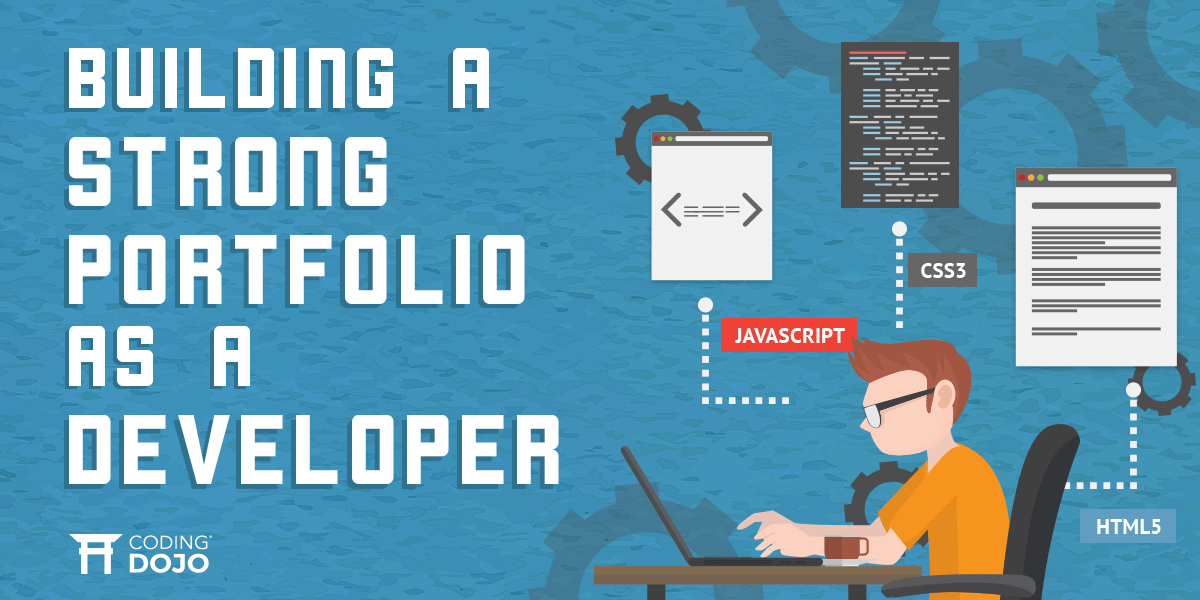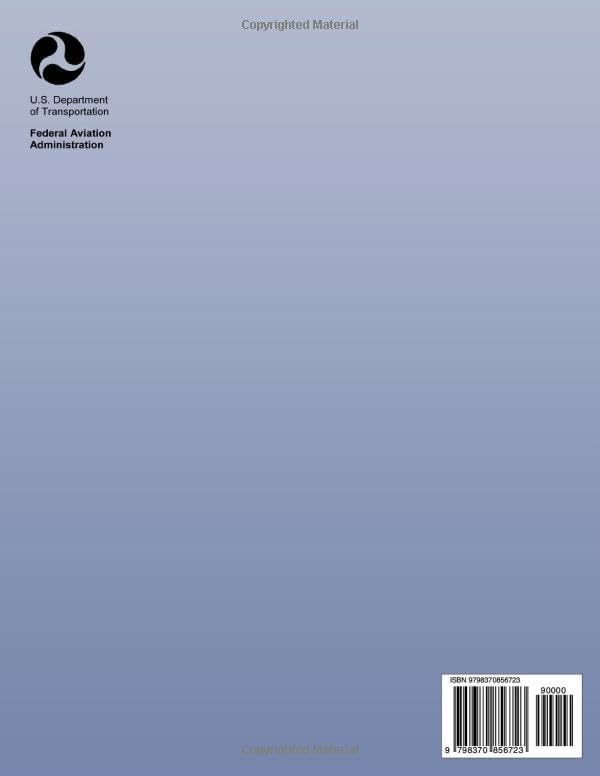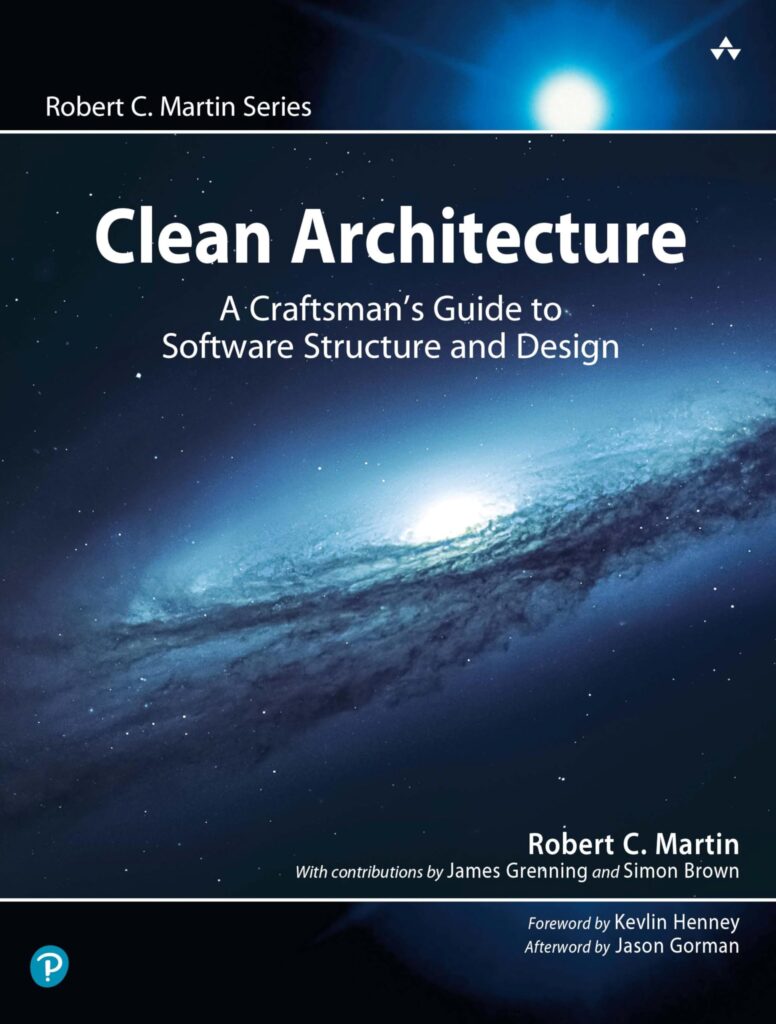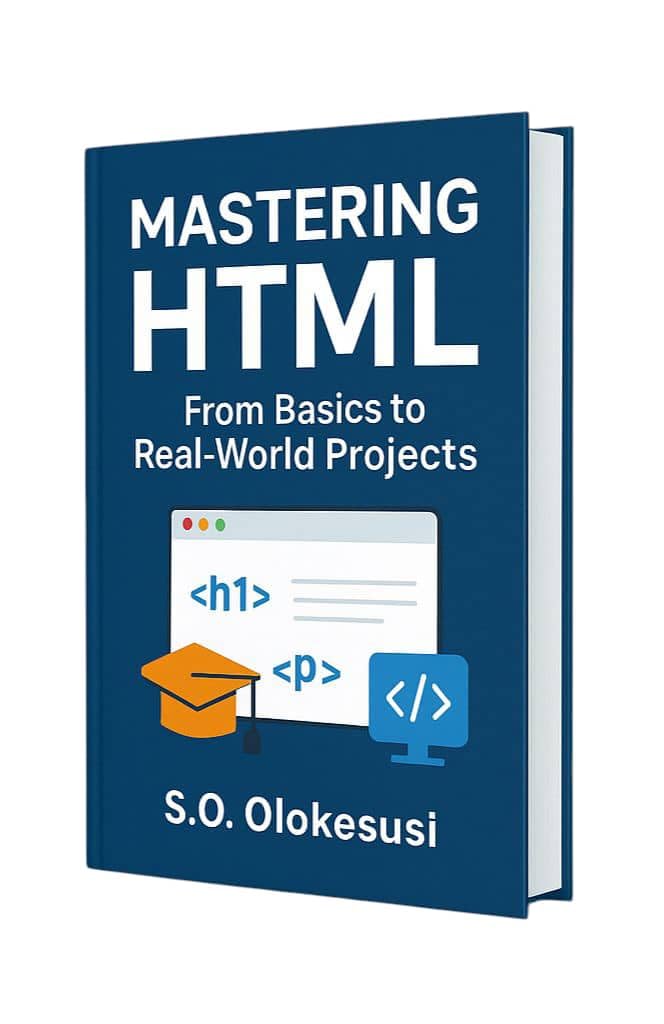
Why Portfolio?
Imagine this: you’ve just completed an immersive, intense, 14-week coding bootcamp where you have not only learned three full technology stacks, but you’ve also learned how to become a self-sufficient developer. Now, you are graduated and ready to begin your job search! But wait – how are you going to attract future employers and build a network of connections? How can you show off all of the amazing and impressive tech skills you spent the last three and a half months learning? Well, I’m glad you asked! The answer: a personal portfolio website.
What Is A Portfolio?
A portfolio is not a resume. A portfolio is a way to backup all of the skills you’ve listed in your resume – and it is essentially a showcase of your work. It is your platform to “show, not tell” potential employers and clients about the work you can do. Your portfolio is also your opportunity to create and define your brand as a technology professional. Your brand is a very important aspect of your identity as a developer because your brand will be what gets employers excited about YOU.
Components of A Strong Portfolio
Portfolios will come in all shapes and sizes, but at the very minimum, your portfolio should contain the following sections:
- About Me: This should include your name, a photo, your title and a paragraph or two about who you are, what you’ve done, and where you’d like to go next. Don’t be afraid to dive into deeper detail on your portfolio, spend meaningful time developing your narrative and telling your story. That is also an important part of developing your brand. Discover what makes you unique and stand out from the rest and share that with your readers!
- Projects section: Your projects section is the main reason you have a portfolio in the first place, so you’ll want to make this section POP! Unlike your resume, you can display the full list of your programming projects, however, you’ll still want to highlight a select few. Get your viewers excited about your projects by including quick video demos, GIFS, or images of your projects.
- Contact Me section: Every successful portfolio will have a section where a viewer can contact you. At the very least, make sure your LinkedIn, GitHub, and Email address are available forms of contact.
Most importantly, your portfolio should express your style and personality as a developer. Once again, portfolios are all about demonstrating your technical skills, and creativity as a developer.
In addition to the components above, a strong developer portfolio should also have the following:
- Responsive design: As more and more websites and consumers go mobile, so should you! Dig up your knowledge of media queries, and make sure your portfolio site is mobile and tablet friendly.
- Custom web URL: Just as your portfolio is an expression of your personal style, so should your URL. Keep it professional, and it’s highly recommended to purchase your own custom domain. Read down below in ‘Portfolio Resources’ for some suggested domain name sites.
- A limited number of clicks: Portfolios don’t have to be complex, multi-page applications – nor should they be. When designing your portfolio, put yourself in the shoes of your viewers, and make sure the most critical information (projects, contact information) is only a couple of clicks away!
- Appealing visual design and layout: If you don’t have the designers eye, or simply don’t want to spend the time hard-coding a portfolio layout – that’s okay! There are hundreds of free templates on the web. An important note if you are using a free template: try to still somehow customize the layout/template, whether it’s changing the colors, header image, or page layout. Still make it your own, while giving credit to the original creator.
Portfolio Resources
Here are a handful of resources that we share with students at Coding Dojo. Hopefully, they will also be helpful to you as you build and create your very own developer portfolio.
Additional Resources
- Staying “Game Ready” through your Job Search
- Job Hunting in the Digital Age
- Tech Job Tips from a Recruiter: Go from Applied to Hired
Source: https://www.codingdojo.com/blog/building-developer-portfolio




